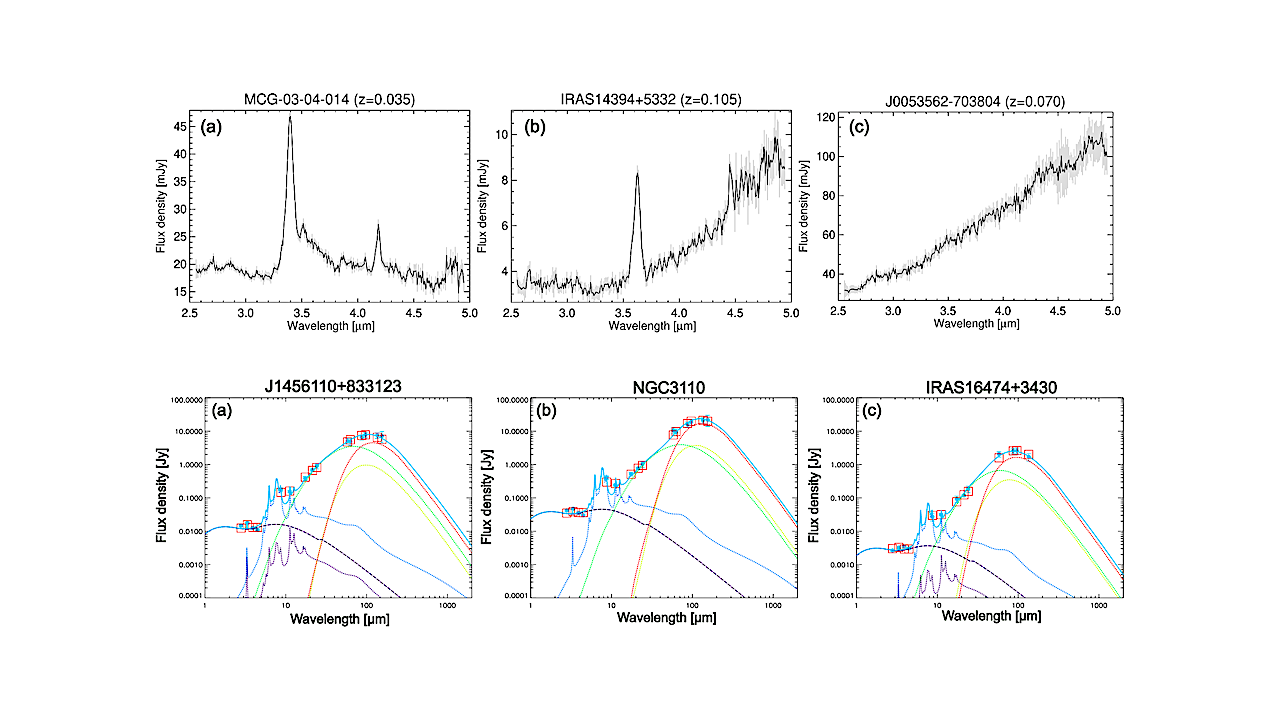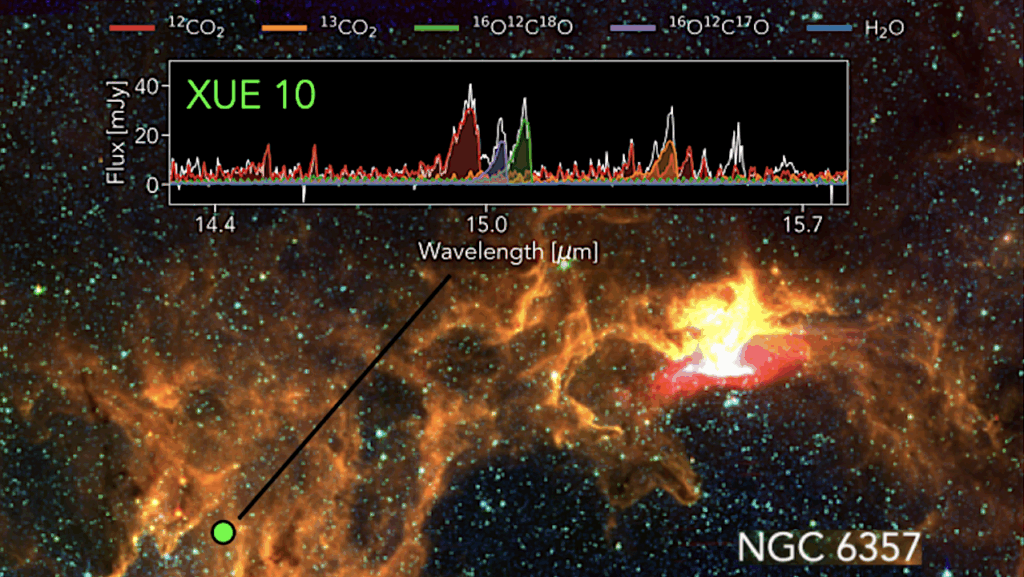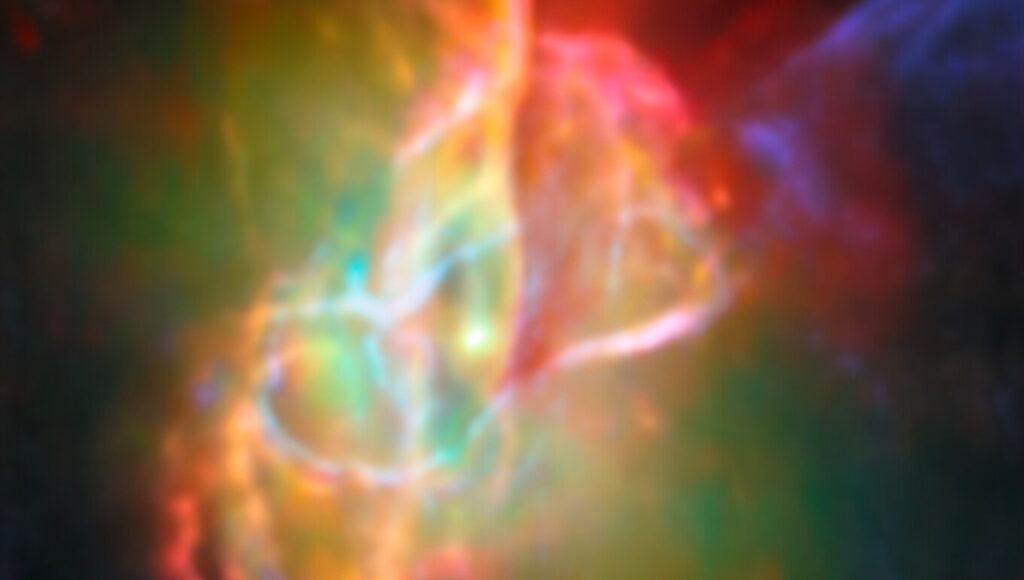Processing of Hydrocarbon Dust In Star-forming Galaxies Revealed With AKARI

Hydrocarbon dust is one of the dominant components of interstellar dust, which mainly consists of polycyclic aromatic hydrocarbons and aliphatic hydrocarbons. While hydrocarbon dust is thought to be processed in interstellar radiation fields or shocks, detailed processing mechanisms are not completely understood yet.
We investigate the processing of hydrocarbon dust by analyzing the relation between the luminosities emitted by hydrocarbon dust and the total infrared luminosities (LIR) for 138 star-forming galaxies at redshift z < 0.3. Using near-infrared 2.5-5 μm spectra obtained with AKARI, we derived the luminosities of the aromatic hydrocarbon feature at 3.3 μm (Laromatic) and the aliphatic hydrocarbon feature at 3.4-3.6 μm (Laliphatic).
We also derived LIR and the radiation field strength by modeling the spectral energy distributions of the 138 galaxies with AKARI, WISE and IRAS photometry data. We find that galaxies with higher LIR tend to exhibit lower Laliphatic/Laromatic ratios. Furthermore, we find that there is an anti-correlation between Laliphatic/Laromatic ratios and the radiation field strength, and also that the galaxies with low Laliphatic/Laromatic ratios are dominated by merger galaxies.
These results support that hydrocarbon dust is processed through photodissociation in strong radiation fields and/or shocks during merging processes of galaxies; the Laliphatic/Laromatic ratio is likely to decrease in such harsh interstellar conditions since the aliphatic bonds are known to be chemically weaker than the aromatic bonds.
Tsubasa Kondo, Akino Kondo, Katsuhiro L. Murata, Takuma Kokusho, Shinki Oyabu, Toyoaki Suzuki, Risako Katayama, Hidehiro Kaneda
Comments: 10 pages, 11 figures, accepted for publication in PASJ
Subjects: Astrophysics of Galaxies (astro-ph.GA)
Cite as: arXiv:2407.13454 [astro-ph.GA]
(or arXiv:2407.13454v1 [astro-ph.GA] for this version)
Related DOI:
https://doi.org/10.1093/pasj/psae069
Focus to learn more
Submission history
From: Tsubasa Kondo
[v1] Thu, 18 Jul 2024 12:31:55 UTC (876 KB)
https://arxiv.org/abs/2407.13454
Astrobiology, Astrochemistry,








